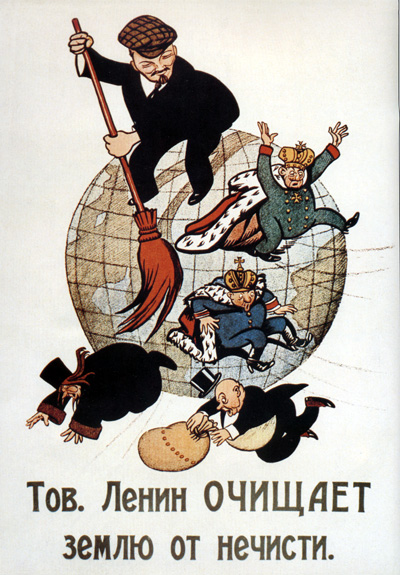this post was submitted on 03 Mar 2023
0 points (NaN% liked)
History
23101 readers
63 users here now
Welcome to c/history! History is written by the posters.
c/history is a comm for discussion about history so feel free to talk and post about articles, books, videos, events or historical figures you find interesting
Please read the Hexbear Code of Conduct and remember...we're all comrades here.
Do not post reactionary or imperialist takes (criticism is fine, but don't pull nonsense from whatever chud author is out there).
When sharing historical facts, remember to provide credible souces or citations.
Historical Disinformation will be removed

founded 4 years ago
MODERATORS
you are viewing a single comment's thread
view the rest of the comments
view the rest of the comments
"Factories" was a shorthand for productive technology. And in fact some did actually have factories. Lords in the Crusader states were heavily invested in sugarcane production, which was processed in urban settings within a broad factory-like setting.
But I could have said that "medieval European lords didn't invest in the labor reducing technology which was available at the time", primarily spinning looms, beer brewing, kilns, and other artisan used technology. Wool was a growing industry in northern Europe, particularly the Netherlands, England, and parts of Germany. However, processing wool to make full use of it required many labor inputs, which were generally done in cities. Lords from the countryside sold their wool and the nascent bourgeoisie processed it. Weavers, dyers, fullers, etc. all had their own technological needs and bourgeoisie owners of these shops formed Guilds to protect their needs. Guilds were not proletarian run, they were ways for artisans to protect their profits through price fixing against the noble elite who generally ran the government. Guild leaders, especially in the wool industry, tended to own the means of production and rented them out to the people who did the actual labor. These Guild leaders eventually succeeded in getting enough influence to getting their own government representation in the form of City Councils and communes.
My main point in the larger post is that because ownership of property in the medieval world was not protected by the government police or army, medieval lords had to invest in protecting their property themselves. Bourgeoisie are able to invest in labor saving technology like factories because they don't have to bare the large cost of protecting their property, the state oughta do it for them. In fact bourgeoisie created Guilds and City Councils to protect their investments from the nobles encroaching. By the time of the modern period, the kingdoms of France and England successfully monopolized the use of violence within their countries. Bourgeoisie were then able to expand more freely without worry that their neighbor lord fuckwad would come in and steal or burn their property.